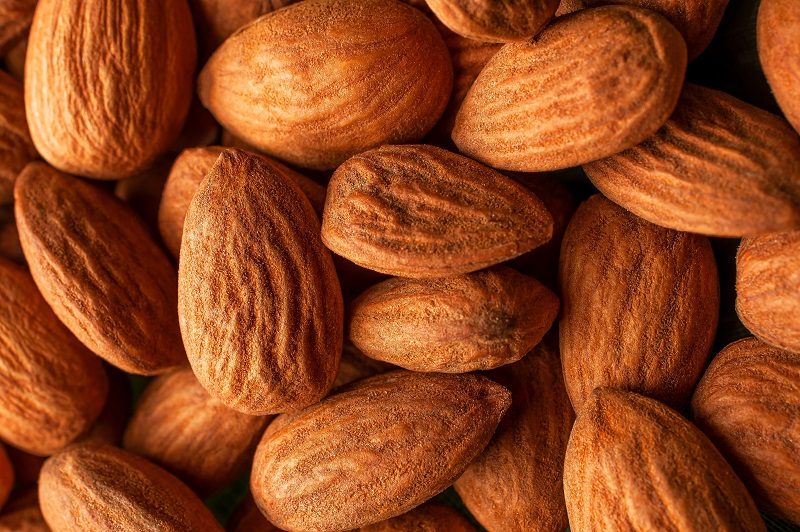Low-Volume Sprayer Rodeos

These rodeos were conducted to evaluate the spray performance of existing pesticide-application systems and to make any necessary adjustments to the spray equipment based on that information to ensure label compliance. However, the number of insecticides that are actually approved for low-volume application to control psyllids is limited. As a result of the urgent need for psyllid control, applicators in Florida have been granted Special Local Need (SLN) provisions on a number of insecticides including Delegate WG (spinetoram, Dow AgroSciences) and Micromite 80WGS (diflubenzuron, Chemtura Corp). Both of these SLN labels require air-blast or air-assisted sprayers with application rates of no less than 2 gallons per acre and with volume median droplet diameters of 90 microns (µm) or larger. Given that spray-droplet size is dependent on the type of spray equipment, equipment setup, and spray product, the objective of these rodeos was to evaluate the droplet size produced by low-volume sprayers used in citrus greening control programs, and where appropriate, adjust the sprayers to produce a volume median diameter of 90 µm or greater.
Testing Technique
Each of the sprayers was loaded with a water and surfactant solution and operated with the same equipment settings that the applicator had been using in the groves. The droplets from the sprayer were measured once they left the sprayer through the use of a laser-diffraction instrument. As the spray droplets pass through the laser, the laser is bent or diffracted more or less based on the size of the droplet. The amount or degree that the laser beam is bent is detected by the measurement system and is used to calculate the droplet’s size. During a spray test, the laser is traversed through the entire spray plume from a nozzle or sprayer so that the whole plume is sampled. In a typical test, tens of thousands of droplets are measured and reported by the measurement system.
Rodeo Results
In response to the need for accurate droplet size assessments of application equipment used in the control of the Asian citrus psyllid in Florida, 33 machines were evaluated representing 16 different models of sprayers. The most common sprayers at the rodeos were Curtis Dyna-Fog LV-8s and London Fog 1820s.
From these tests, it was found that for the air-blast type sprayers, reductions in engine speed from full throttle (~2,600 rpm) to around 2,000 rpm were required to increase droplets to the required size. For air-assisted sprayers, increased flow rates generally increased droplet size. All of the sprayers in the rodeos, with one exception, which was designed to generate droplets in the 30-40 µm range, were adjusted via the engine speed or spray rate such that the resulting spray’s volume median diameter was greater than or equal to 90 µm. As the spray equipment tested represents the most typical application equipment used in Florida for psyllid control, these results will provide applicators, growers, and Extension agents with general guidelines to insure spray systems are operated in a manner that complies with label restrictions.









